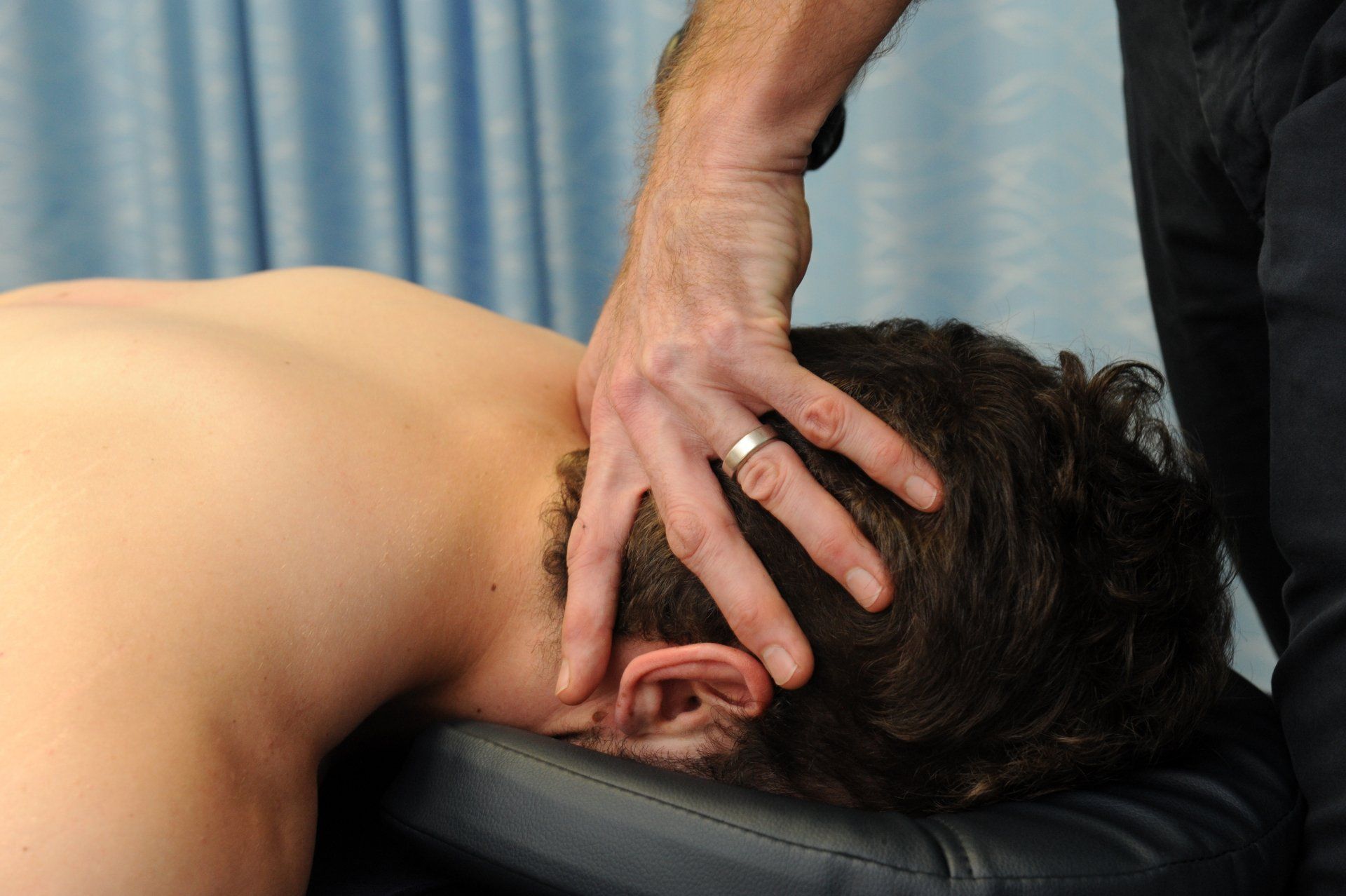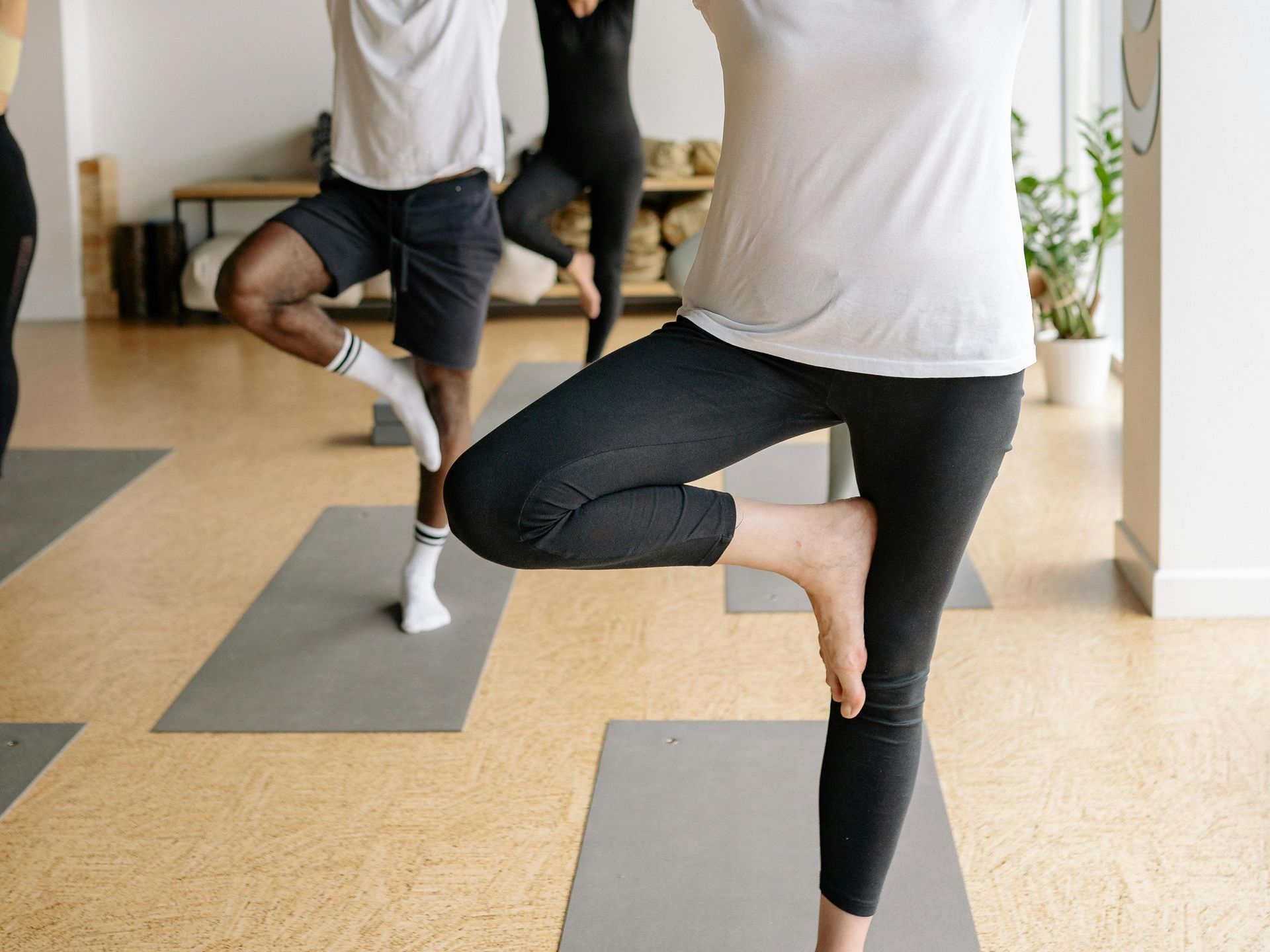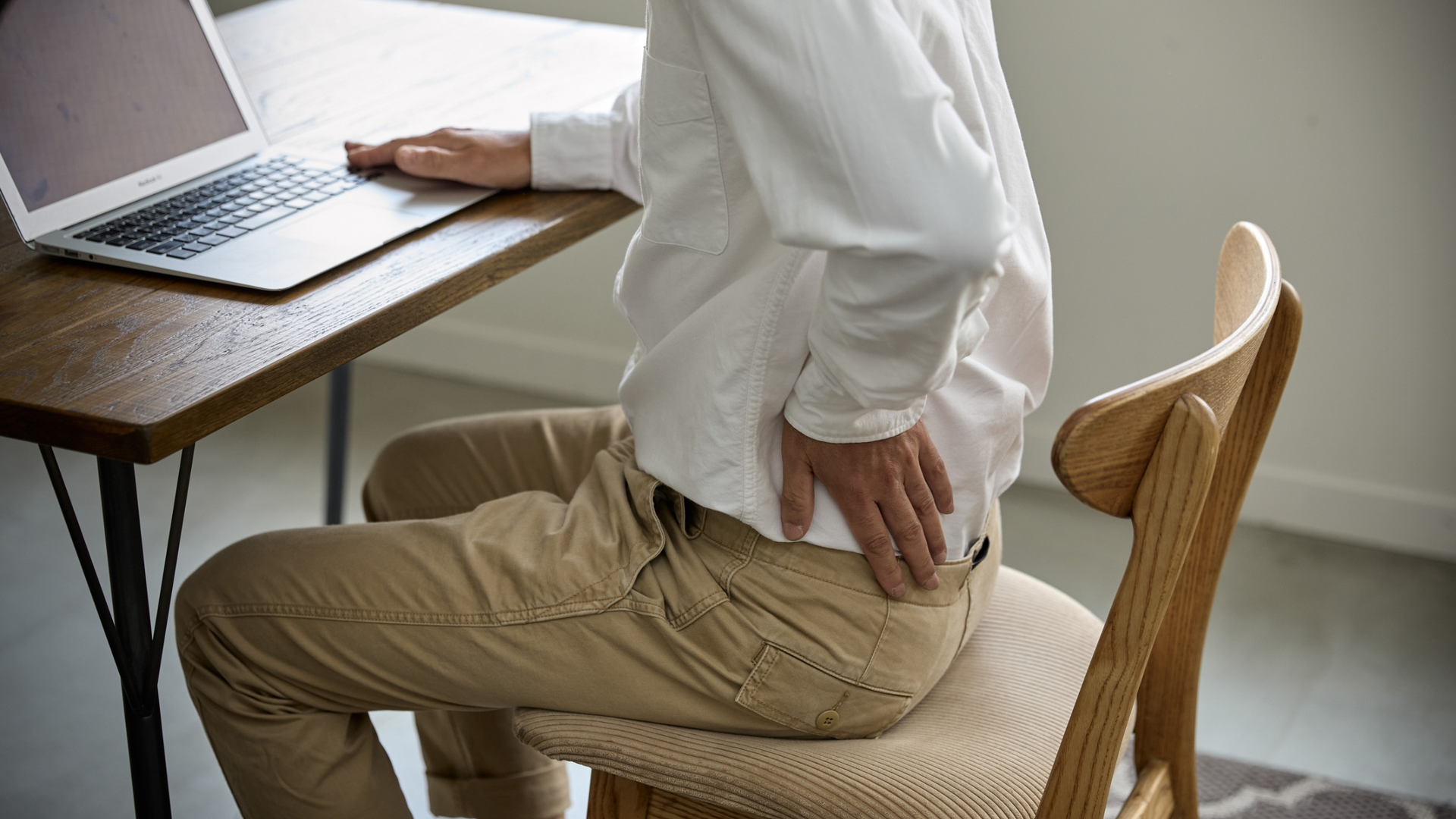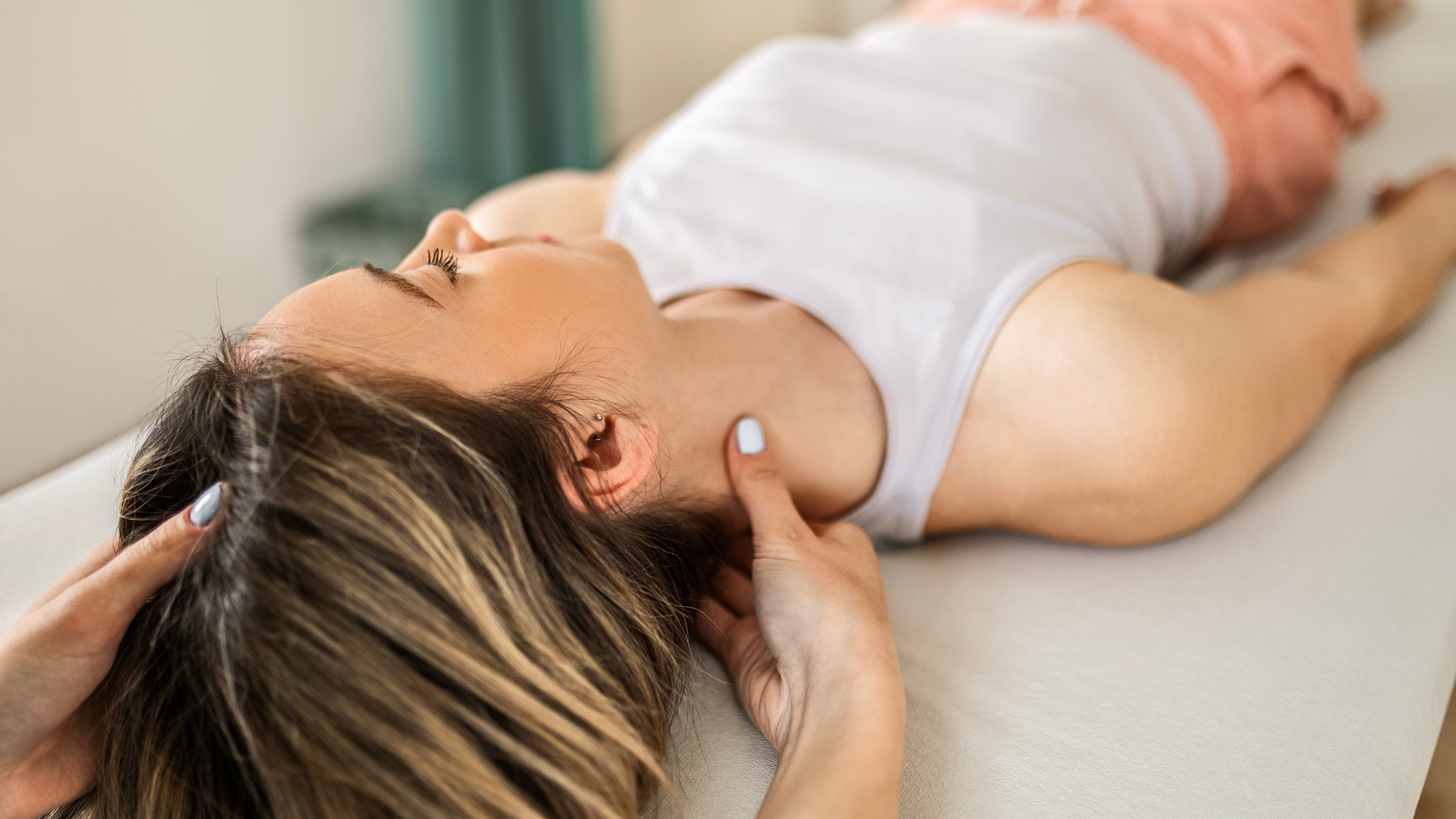Exercise for Stress and Anxiety
Regular physical activity is a core component of mental health care.

Get your free guide to Exercise for Stress and Anxiety here.
Enter your details to receive your free guide now.
Stress and anxiety are highly prevalent mental health concerns in Australia, with significant impact on individual’s quality of life and overall health, and a substantial personal and national economic burden. Exercise and physiotherapy have emerged as important adjuncts in the management of these conditions, supported by a growing body of evidence demonstrating their efficacy in reducing symptoms and improving wellbeing.
Who gets it?
Recent data indicate that stress and anxiety remain common among Australian adults, with the COVID-19 pandemic exacerbating these issues. Young adults aged 16–24 years have the highest and fastest-rising prevalence of these conditions and the associated productivity losses and healthcare costs.
The 2020–22 Australian National Surveys of Mental Health and Wellbeing found that the 12-month prevalence of anxiety and mood disorders is highest in this age group, with a significant increase compared to previous years.
Young adults also experience greater severity and impairment, leading to more days out of role and higher indirect costs from lost productivity and early workforce exit.
Working-age adults (18–64 years) as a whole account for the majority of total economic costs, given their large representation in the workforce and the substantial productivity losses attributed to high-prevalence mental disorders, including anxiety and stress-related conditions. However, the most pronounced increases in prevalence and burden are concentrated among those aged 16–24 years, making this group the primary driver of recent increases in economic impact.
Lower income and socioeconomic status further amplify the burden within these age groups, as both prevalence and severity of psychological distress are higher among younger and lower-income Australians, compounding the overall economic impact.
How much is this costing us?
The economic cost of stress and anxiety on the Australian economy is substantial. According to large-scale analyses of workforce data, annual productivity losses alone are estimated at $5.9 billion AUD due to psychological distress among employees. High-prevalence mental disorders, including anxiety and stress-related conditions, incur additional direct healthcare costs of approximately $974 million AUD per year, and are associated with annual welfare payments of $12.9 billion AUD and income tax losses of $1.23 billion AUD.
Work-related stress claims are the most expensive form of workers’ compensation in Australia, primarily due to prolonged absence and complex medical care requirements.
Systematic reviews confirm that productivity-related losses constitute the majority (70–90%) of the total societal cost of work-related stress, with healthcare and medical costs making up the remainder.
Evidence for Exercise in Mental Health Management
Longitudinal studies show that Australians who meet physical activity guidelines report lower levels of depression, anxiety, and stress compared to those who do not, underscoring the public health relevance of physical activity in this population.
Multiple systematic reviews and meta-analyses confirm that physical activity interventions yield moderate reductions in anxiety and psychological distress across diverse adult populations, including those with diagnosed mental health disorders. Both aerobic and resistance exercise modalities are effective, with higher intensity regimens generally associated with greater symptom improvement.
Exercise exerts its anxiolytic (anxiety-relieving) effects through neurobiological mechanisms (e.g., enhanced neuroplasticity, anti-inflammatory effects) and behavioural pathways (e.g., improved self-regulation). Importantly, exercise is beneficial as both a stand-alone and adjunctive treatment, and its effects are observed in both clinical and non-clinical populations.
Role of Physiotherapy as Part of a Multidisciplinary Approach
Physiotherapists play a key role in the multidisciplinary management of stress and anxiety by prescribing individualized exercise programs, addressing barriers to physical activity, and supporting sustained engagement.
Their expertise in tailoring interventions to patient needs and comorbidities enhances adherence and optimizes outcomes.
Physiotherapy can be integrated with psychological and pharmacological treatments, providing a holistic approach that addresses both mental and physical health. Collaboration with other health professionals ensures comprehensive care, particularly for patients with complex presentations or chronic disease.
Take-home Message
Exercise and physiotherapy are evidence-based, cost-effective strategies for the treatment and management of stress and anxiety. Regular physical activity should be promoted as a core component of mental health care, with physiotherapists contributing essential expertise within multidisciplinary teams. Individualized, higher-intensity exercise regimens may confer greater benefits, but all forms of physical activity are valuable. Ongoing research is needed to refine protocols and maximize therapeutic impact, but current evidence strongly supports the integration of exercise and physiotherapy into routine mental health practice.
Are you struggling with stress and/or anxiety? Give us a call.
At Movement for Life Physiotherapy, we can assess your physical fitness and prescribe you with an evidence-based, tailored exercise program. With a clear management plan and support from our team, we'll help get you back to the things you love sooner.
Give us a call now or click on BOOK AN APPOINTMENT to book online.
Sources
- Aylett, E., Small, N., & Bower, P. (2018). Exercise in the treatment of clinical anxiety in general practice - a systematic review and meta-analysis. BMC health services research, 18(1), 559. https://doi.org/10.1186/s12913-018-3313-5
- Hassard, J., Teoh, K. R. H., Visockaite, G., Dewe, P., & Cox, T. (2018). The cost of work-related stress to society: A systematic review. Journal of occupational health psychology, 23(1), 1–17. https://doi.org/10.1037/ocp0000069
- Hilton, M. F., Scuffham, P. A., Vecchio, N., & Whiteford, H. A. (2010). Using the interaction of mental health symptoms and treatment status to estimate lost employee productivity. The Australian and New Zealand journal of psychiatry, 44(2), 151–161. https://doi.org/10.3109/00048670903393605
- Jayakody, K., Gunadasa, S., & Hosker, C. (2014). Exercise for anxiety disorders: systematic review. British journal of sports medicine, 48(3), 187–196. https://doi.org/10.1136/bjsports-2012-091287
- Lee, Y. C., Chatterton, M. L., Magnus, A., Mohebbi, M., Le, L. K., & Mihalopoulos, C. (2017). Cost of high prevalence mental disorders: Findings from the 2007 Australian National Survey of Mental Health and Wellbeing. The Australian and New Zealand journal of psychiatry, 51(12), 1198–1211. https://doi.org/10.1177/0004867417710730
- Moylan, S., Eyre, H. A., Maes, M., Baune, B. T., Jacka, F. N., & Berk, M. (2013). Exercising the worry away: how inflammation, oxidative and nitrogen stress mediates the beneficial effect of physical activity on anxiety disorder symptoms and behaviours. Neuroscience and biobehavioral reviews, 37(4), 573–584. https://doi.org/10.1016/j.neubiorev.2013.02.003
- Ramos-Sanchez, C. P., Schuch, F. B., Seedat, S., Louw, Q. A., Stubbs, B., Rosenbaum, S., Firth, J., van Winkel, R., & Vancampfort, D. (2021). The anxiolytic effects of exercise for people with anxiety and related disorders: An update of the available meta-analytic evidence. Psychiatry research, 302, 114046. https://doi.org/10.1016/j.psychres.2021.114046
- Singh, B., Olds, T., Curtis, R., Dumuid, D., Virgara, R., Watson, A., Szeto, K., O'Connor, E., Ferguson, T., Eglitis, E., Miatke, A., Simpson, C. E., & Maher, C. (2023). Effectiveness of physical activity interventions for improving depression, anxiety and distress: an overview of systematic reviews. British journal of sports medicine, 57(18), 1203–1209. https://doi.org/10.1136/bjsports-2022-106195
- Slade, T., Vescovi, J., Chapman, C., Teesson, M., Arya, V., Pirkis, J., Harris, M. G., Burgess, P. M., Santomauro, D., O'Dean, S., Tapp, C., & Sunderland, M. (2025). The epidemiology of mental and substance use disorders in Australia 2020-22: Prevalence, socio-demographic correlates, severity, impairment and changes over time. The Australian and New Zealand journal of psychiatry, 59(6), 510–521. https://doi.org/10.1177/00048674241275892
- Smith, P. J., & Merwin, R. M. (2021). The Role of Exercise in Management of Mental Health Disorders: An Integrative Review. Annual review of medicine, 72, 45–62. https://doi.org/10.1146/annurev-med-060619-022943
- Stubbs, B., Vancampfort, D., Rosenbaum, S., Firth, J., Cosco, T., Veronese, N., Salum, G. A., & Schuch, F. B. (2017). An examination of the anxiolytic effects of exercise for people with anxiety and stress-related disorders: A meta-analysis. Psychiatry research, 249, 102–108. https://doi.org/10.1016/j.psychres.2016.12.020
- Teesson, M., Whiteford, H., Bower, M., Smout, S., Burgess, P., Harris, M. G., Pirkis, J., Diminic, S., Baillie, A., Slade, T., & Chapman, C. (2025). Policy implications of the 2020-22 Australian study of mental health and wellbeing. The Australian and New Zealand journal of psychiatry, 59(6), 485–492. https://doi.org/10.1177/00048674241292961
- Thomas, A. J., Reavley, N., Wickramaarachi, T., Sweeny, K., Erskine, H., Husin, H. M., Azzopardi, P., Sawyer, S. M., & Scott, N. (2025). Return on investment from interventions to prevent common mental disorders among adolescents in Australia: A modelling study. The Australian and New Zealand journal of psychiatry, 48674251370449. Advance online publication. https://doi.org/10.1177/00048674251370449
- Zhao, W., Vandelanotte, C., Khalesi, S., Alley, S. J., Williams, S. L., Thwaite, T. L., Fenning, A. S., Stanton, R., & To, Q. G. (2022). Depression, anxiety, stress, and physical activity of Australian adults during COVID-19: A combined longitudinal and repeated cross-sectional study. Frontiers in psychology, 13, 962962. https://doi.org/10.3389/fpsyg.2022.962962








